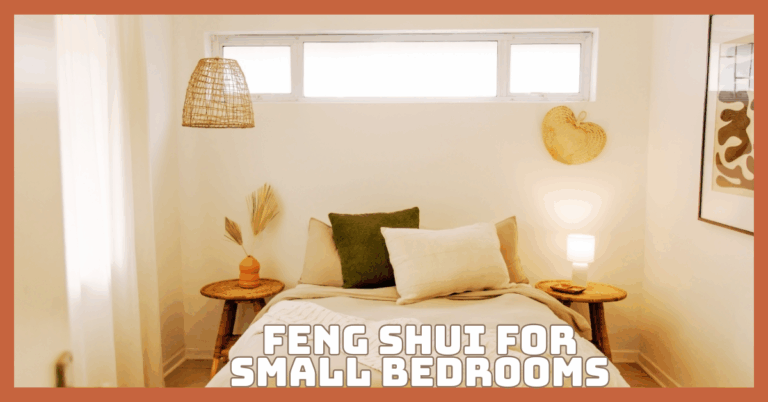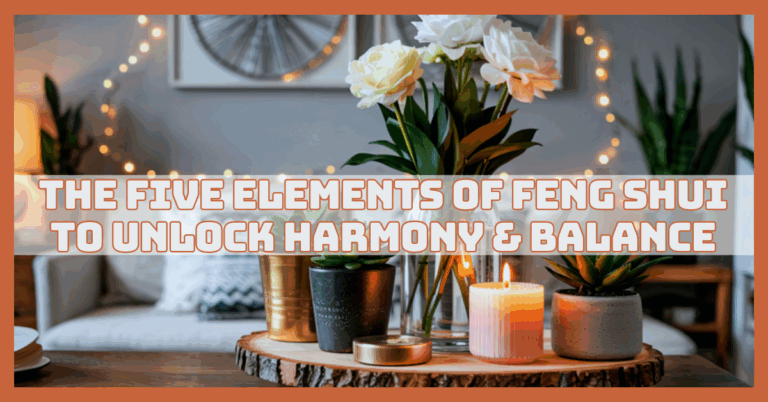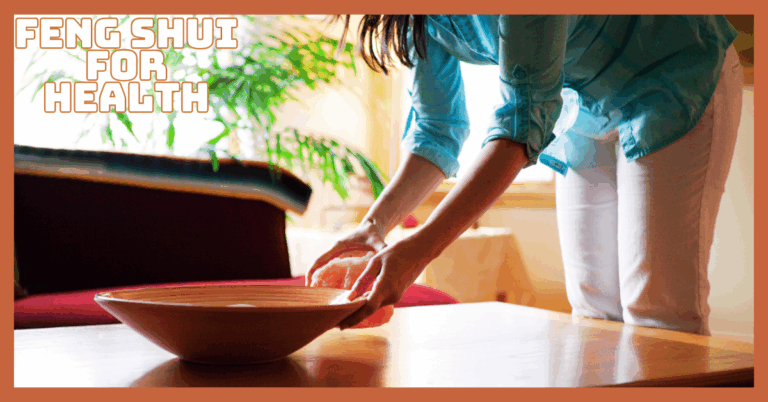Best Feng Shui Living Room Map Guide
Imagine entering a space that instantly makes you feel balanced, calm, and refreshed. That’s not just good design—it’s Feng Shui in action.
The living room, the social heartbeat of your home, plays a pivotal role in how energy—Chi—flows through your life. By applying a Feng Shui map to your living room, you can transform it into a magnet for positivity, prosperity, and peace.
This thorough guide will show you how to use the Feng Shui Living Room Map to design a room that supports your intentions, balances energy, and improves your general well-being.
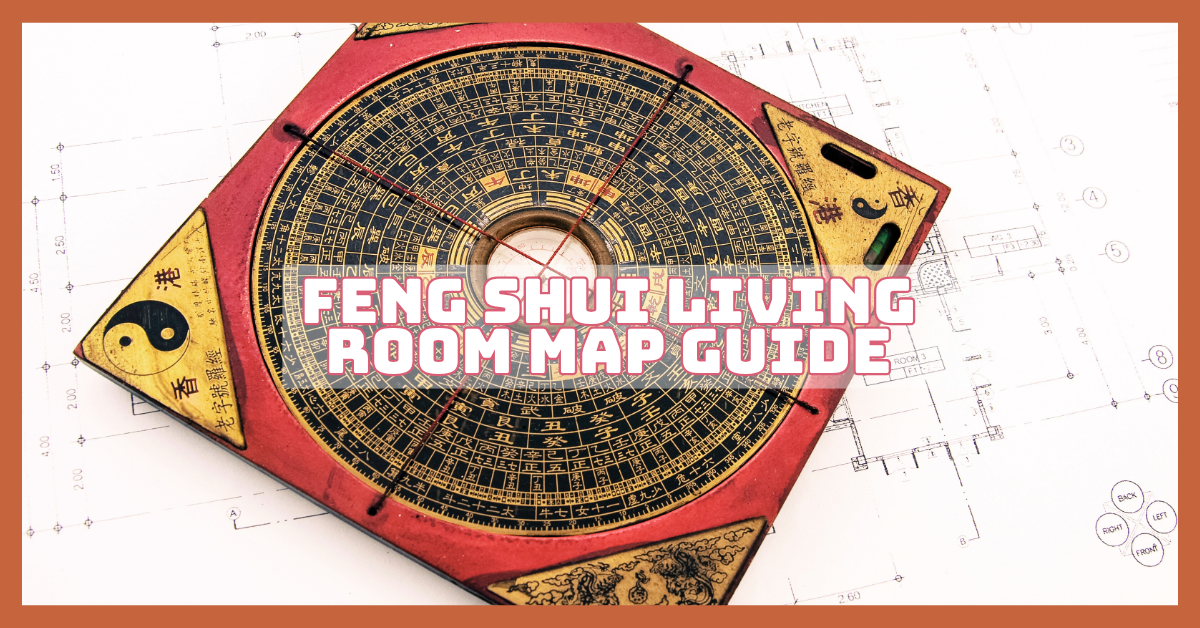
12 Expert Tips To Attract Positive Energy
Your living room isn’t just a place to relax—it’s the energetic heart of your home. By applying the Feng Shui Bagua Map, you can transform it into a space that radiates harmony, invites abundance, and supports your life goals.
Let’s discover 12 expert tips to align your living room with positive energy and peaceful flow.
1. Align The Bagua Map From The Main Entrance
To apply Feng Shui correctly, always align the bottom row of the Bagua Map with the main entrance of your living room.
This sets the foundation for activating each life area—like wealth, love, and health—based on its natural energetic position.
For example, if your door opens into the bottom right corner, that area represents Helpful People & Travel, so adding metal décor or travel photos here enhances support and opportunity.
Studies in environmental psychology show that intentional room design can reduce stress by up to 25%, proving that energy-aligned spaces truly uplift well-being.
2. Keep The Centre Clear
In Feng Shui, the centre of your living room—known as Tai Chi—represents overall health, harmony, and balance. Think of it as the energetic heart that fuels every other area.
Keep this space open, clutter-free, and grounded, perhaps with a low coffee table or neutral rug. Avoid blocking it with bulky furniture or décor.
Studies suggest that visual clutter increases cortisol levels, which can lead to stress and fatigue. A clear center invites calm, improves energy flow (Chi), and helps your entire home feel more centred, both physically and emotionally.
3. Use The Command Position For Seating
In the feng shui living room map, the command position plays a vital role in optimizing the flow of energy and enhancing feelings of safety and stability.
This setup creates a sense of security, control, and support, making guests and residents feel more at ease. Psychologically, facing the door reduces subconscious stress triggers, similar to how people choose seats in restaurants.
According to interior design surveys, over 70% of people feel more relaxed when they can see who’s entering a room. This simple shift boosts both comfort and confidence.
4. Incorporate All Five Elements
To create a truly balanced Feng Shui living room, incorporate all five elements—wood, fire, earth, metal, and water—using colours, textures, and décor.
For example, add plants (wood), candles or lighting (fire), ceramics (earth), metallic objects (metal), and mirrors or glass (water). When all elements are present, the room feels grounded and harmonious.
Studies in biophilic design show that multi-element environments reduce anxiety and improve focus. A room dominated by only one element can feel off-balance.
Still, thoughtful layering of all five nurtures emotional and energetic well-being, supporting different aspects of your life holistically.
5. Activate Wealth & Prosperity (Top Left)
According to the feng shui living room map, the top left corner represents Wealth & Prosperity and should be enhanced with elements that symbolize growth and abundance.
To energize this area, add a healthy, upward-growing plant (like a jade plant or money tree), deep purple accents, or a minor water feature like a tabletop fountain.
These symbols represent growth, flow, and abundance. In Feng Shui, water feeds the wood, enhancing the wealth cycle. A 2017 study on interior symbolism showed that greenery in key spaces can boost feelings of abundance by up to 35%. Don’t forget to keep this zone well-lit and clutter-free to allow wealth and energy to thrive.
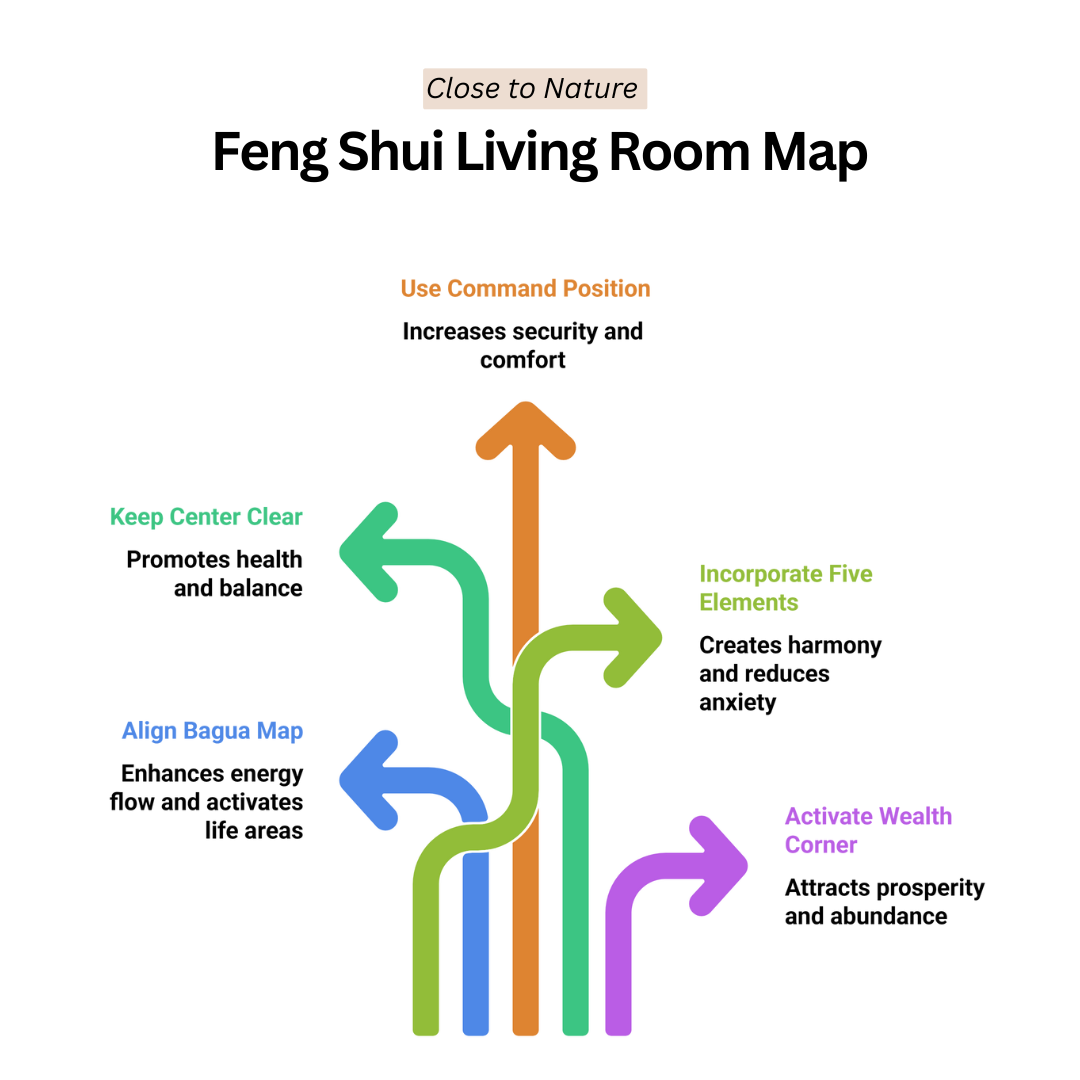
6. Focus On Pairs In The Love Area (Top Right)
The top right corner of your living room represents Love & Relationships. To activate it, decorate using pairs of items—such as two cushions, two candles, or romantic couple photos.
These pairings symbolize unity and attract harmonious partnerships. Stick to warm tones like pink, red, or soft beige, and incorporate earth elements like ceramics or stones to ground love energy.
According to Feng Shui tradition, solo items can promote isolation, while pairs support connection. A 2021 psychology survey found that symbolic decor in shared spaces can enhance relationship satisfaction by 22%, proving intention matters in design.
7. Use Mirrors Wisely
In the feng shui living room map, careful mirror placement is essential to amplify positive energy without reflecting it away from your home.
However, their placement is critical. Never hang a mirror directly facing the front door, as it can reflect incoming Chi right back out, blocking new opportunities.
Mirrors should instead be positioned to reflect natural light or stunning views, which will increase the energy in the space. A strategically placed mirror may double the size of a tiny space.
Strategic mirror placement can boost perceived space and brightness by up to 30%, according to research published in the Journal of Environmental Psychology. This can create a visually and energetically stimulating living area.
8. Incorporate Natural Light And Air
Natural light and fresh air are essential in Feng Shui to keep Chi vibrant and flowing. Open windows often and opt for sheer curtains to let in sunlight while maintaining privacy.
Good airflow clears stagnant energy and promotes mental clarity and vitality. Consider adding air-purifying plants like peace lilies or snake plants to improve indoor quality.
Studies from Harvard’s School of Public Health found that ventilated rooms with natural light improve mood and cognitive function by 40%. Simply put, a bright, breezy space makes you feel more alive, both physically and energetically.
9. Avoid Clutter, Especially In Corners
Clutter is the enemy of good Feng Shui—it blocks Chi and creates mental and emotional stress. Corners, in particular, can accumulate stagnant energy if neglected.
Keep them clean, clear, and activated using upward-growing plants, soft lighting, or crystals like amethyst. Even a floor lamp or tall vase can help energy circulate upward.
A UCLA study on home clutter found that high-clutter environments are linked to increased cortisol levels, affecting both health and mood. Clear your corners regularly, and you’ll notice more flow, focus, and freedom in both your space and your mindset.
10. Choose Colours According To The Bagua
In Feng Shui, colour is more than aesthetic—it’s energetic. Each Bagua zone corresponds to a specific colour that enhances its energy.
For instance, use green in the Family & Health area to promote growth, red in the Fame section to boost recognition, blue in the Knowledge zone for wisdom, and pink in the Love corner to encourage romance.
Colours can be introduced through pillows, rugs, wall art, or accessories. Colour psychology studies show that strategic colour can influence emotions and behaviour by up to 60%, making this a simple yet powerful Feng Shui technique.
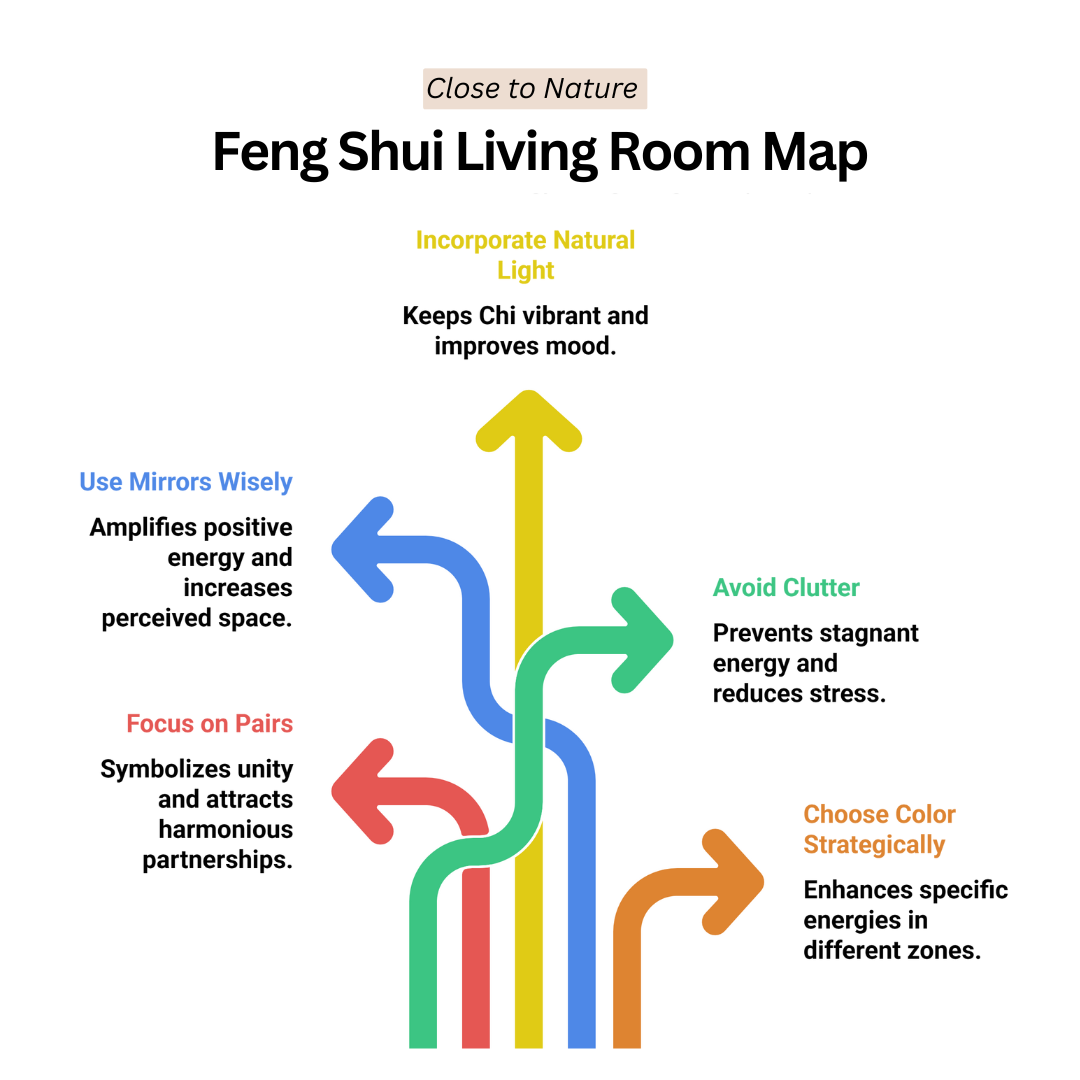
11. Add Personal And Meaningful Objects
Feng Shui thrives on intention. Placing personal items—like family photos, travel souvenirs, or meaningful artwork—in relevant Bagua zones creates emotional resonance and activates that life area.
For example, a graduation photo in the Knowledge zone or a couple’s portrait in the Love area helps anchor your goals in physical space. This personalization reinforces your connection to the energy you’re cultivating.
According to environmental psychology, emotionally significant décor enhances well-being and sense of belonging by over 40%, proving that items with meaning truly elevate your space and mindset.
12. Refresh And Rearrange Seasonally
Refreshing your space in alignment with the feng shui living room map helps maintain balanced energy throughout the year and supports your intentions as the seasons change.
Feng Shui recommends rearranging furniture, changing cushions or decor, and clearing stagnant corners at least quarterly to maintain fresh Chi.
Rotate items to keep your intentions active—try warmer tones in winter and light, airy textures in summer. Even small changes boost inspiration and flow.
A study by the University of London found that changing room layout seasonally can increase feelings of renewal and happiness by 32%. Embrace the seasonal cycle to stay energetically aligned and keep your living room vibrant all year.
13. Use Rugs To Define Bagua Zones
In Feng Shui, rugs can do more than warm up a space—they help define energy zones, especially in open-plan living rooms. Use colour and placement to reinforce the Bagua Map.
For instance, a green rug in the Family & Health area promotes growth and harmony, while a red or burgundy carpet in the Fame zone enhances recognition and self-confidence. Rugs act like subtle energy anchors.
A design study by Houzz found that colour zoning using rugs improves spatial clarity and room functionality by 42%. This technique brings both visual order and intentional energy into each area of your living room.
14. Add A Water Feature For Flow
Incorporating a water feature in your living room—like a small tabletop fountain or aquarium—can energize the Wealth (top left) or Career (bottom center) zones of the Bagua Map.
Water represents flow, opportunity, and abundance in Feng Shui, but only when it’s clean, moving, and well-maintained. Stagnant water equals stagnant energy.
A study that was published in the International Journal of Environmental Research claims that having water flowing indoors improves relaxation and reduces heart rate.
Position the feature thoughtfully and avoid placing it in bedrooms or the Fame zone, where fire and water conflict. Let your prosperity ripple outward like the water itself.
15. Use Sound To Energize The Space
Sound is an often-overlooked Feng Shui tool that can uplift and activate Chi. Introducing soft instrumental music, wind chimes, or even nature sounds in the Helpful People & Travel area (bottom right) brings movement and lightness to the energy.
Wind chimes made of metal resonate well in this zone and align with its governing element. Research from the Journal of Music Therapy shows that ambient sounds improve emotional regulation and lower stress markers by up to 28%.
Whether it’s birdsong, bells, or binaural beats, using sound as an energy “tuner” can create a more peaceful, welcoming living environment.

Common Feng Shui Living Room Map Mistakes & How To Avoid Them
Creating a harmonious living room with Feng Shui can transform your home’s energy and improve your well-being. To help you design a space that truly supports your life, here are some common Feng Shui living room map mistakes—and simple ways to avoid them—so your energy flows freely and your home feels balanced and welcoming.
1. Ignoring Ceiling Structure
Mistake
Overhead beams or low ceilings in a living room can create a heavy, oppressive feeling that blocks the smooth flow of Chi.
This can cause discomfort, anxiety, and a sense of confinement, negatively impacting the room’s overall energy and the well-being of its occupants.
How To Avoid
To counteract harsh ceiling features, soften them by adding hanging plants, light fabric drapes, or warm, layered lighting.
These elements draw the eye upward gently, creating a sense of spaciousness and lifting stagnant energy, which helps restore balance and openness in the living room.
2. Placing Sharp Objects Or Art Pointing Toward Seating
Mistake
Sharp corners from furniture or artwork with aggressive imagery create “poison arrows” that direct negative energy toward seating areas.
This can cause feelings of stress, unease, and conflict among occupants, disrupting the peaceful and harmonious atmosphere that Feng Shui aims to cultivate.
How To Avoid
Replace sharp-edged furniture with rounded pieces and choose calming, gentle artwork. Soft shapes and serene images help diffuse harsh energy, creating a safe, soothing environment where Chi flows smoothly, and occupants feel relaxed and protected.
3. Using Heavy Curtains That Block Natural Light
Mistake
Thick, dark curtains in the living room can block natural sunlight and restrict airflow, leading to stagnant Chi. This creates a heavy, dull atmosphere that may lower mood, hinder energy circulation, and reduce the room’s overall vitality and sense of openness.
How To Avoid
Choose sheer or light-filtering curtains that invite natural light while maintaining privacy. These allow fresh air and soft sunlight to circulate freely, energizing the space and enhancing Chi flow. Bright, airy rooms feel more alive and welcoming, promoting clarity, joy, and well-being for everyone who enters.
4. Overloading One Element In The Space
Mistake
Overusing one Feng Shui element—like excessive metal, which can feel cold and rigid, or too much wood, which can overstimulate—throws the room’s energy off balance.
This imbalance may lead to emotional discomfort, restlessness, or a lack of warmth in the living room’s overall atmosphere.
How To Avoid
Create a harmonious space by incorporating all five elements—wood, fire, earth, metal, and water—in balanced proportions. Use colours, textures, and materials that represent each element to support a natural energy flow.
This elemental balance nurtures emotional well-being, stability, and a peaceful, grounded environment that feels both lively and soothing.
5. Placing Furniture Directly Under Ceiling Fans Or Air Vents
Mistake
Constant airflow from ceiling fans or vents directly above seating areas can disrupt Chi and cause physical discomfort. This creates restlessness, tension, and a lack of energetic stability, making it hard to relax or feel grounded in your living room.
How To Avoid
Rearrange seating to avoid direct air currents from fans or vents. Use diffusers or redirect airflow upward or outward to reduce its intensity.
This adjustment fosters a cozy, secure environment where energy settles gently, allowing for more profound relaxation, improved focus, and a more balanced, comfortable space overall.
6. Neglecting The Energy Of the Entry Path To The Living Room
Mistake
A dark, cluttered hallway leading to the living room acts like a bottleneck, blocking or slowing Chi before it can enter the space. This stagnant energy may result in a heavy, unwelcoming atmosphere and can reduce the overall vitality and positivity of the living room.
How To Avoid
Keep the entry path to your living room clean, well-lit, and inviting. Add mirrors, soft lighting, or fresh plants to enhance brightness and flow. A clear, beautiful passageway allows Chi to move freely and positively into the living room, setting the tone for balance, comfort, and vibrant energy inside.
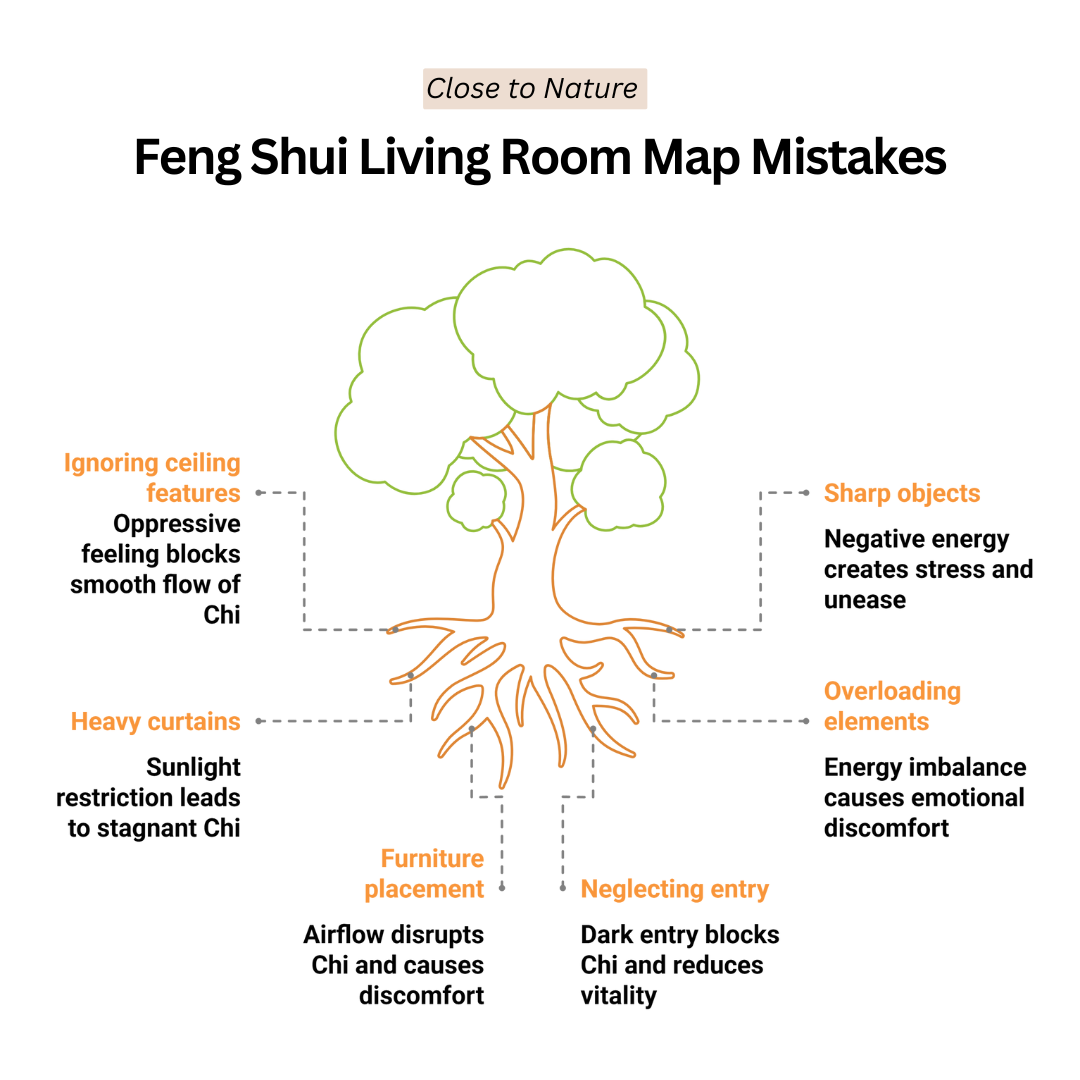
FAQs
Do I Need Special Items To Feng Shui My Living Room?
Not necessarily. Simple changes like decluttering, adding plants and mirrors, or using colours and shapes that match each Bagua area can make a big difference.
How Often Should I Update My Feng Shui Living Room Map?
You can revisit your layout any time your needs or life goals change or when you feel stuck. Even minor seasonal updates can refresh your living room’s energy.
Conclusion
A Feng Shui Living Room Map is more than a design tool—it’s a pathway to balance, abundance, and emotional well-being.
By aligning your space with the Bagua Map, incorporating elements intentionally, and avoiding common mistakes, you create a room that supports your goals and uplifts your life.
With thoughtful choices in layout, colour and energy flow, your living room can become a true sanctuary—one that radiates harmony, welcomes opportunity, and reflects the life you wish to live.
I trust you enjoyed this article on the Best Feng Shui Living Room Map Guide. Please stay tuned for more blog posts soon. Take care!
JeannetteZ
>>> Please click here to read my all-inclusive article about Feng Shui For Your Home Brings Harmony & Positive Energy <<<
Your Opinion Is Important To Me
Do you have thoughts, ideas, or questions? I would love to hear from you. Please leave me your questions, experiences, and remarks about this article in the Best Feng Shui Living Room Map Guide in the comments section below. You can also email me at Jeannette@Close-To-Nature.org.
Disclosure
This post may contain affiliate links. As an Amazon Associate and other affiliate programs, I earn from qualifying purchases at no extra cost to you. Please read my full affiliate disclosure.
You might also enjoy these blog posts:
Entryway Feng Shui For Prosperity And Peace
Feng Shui For A Home Office Inspires Success Daily
Best Types Of Hydrangea Shrubs To Grow Today
Best Types Of Bushes For Landscaping
Best Types Of Boxwood Shrubs For Stunning Gardens



